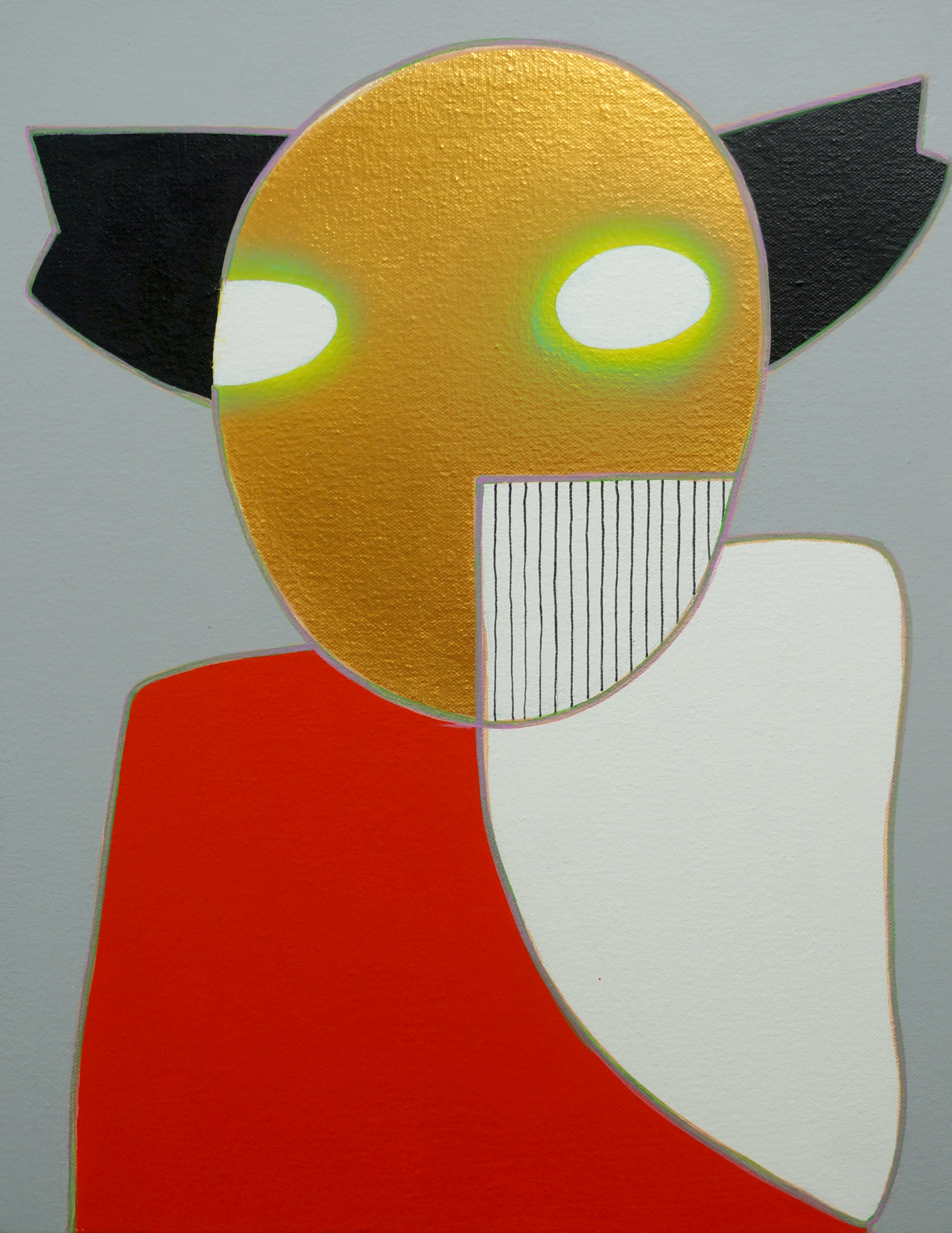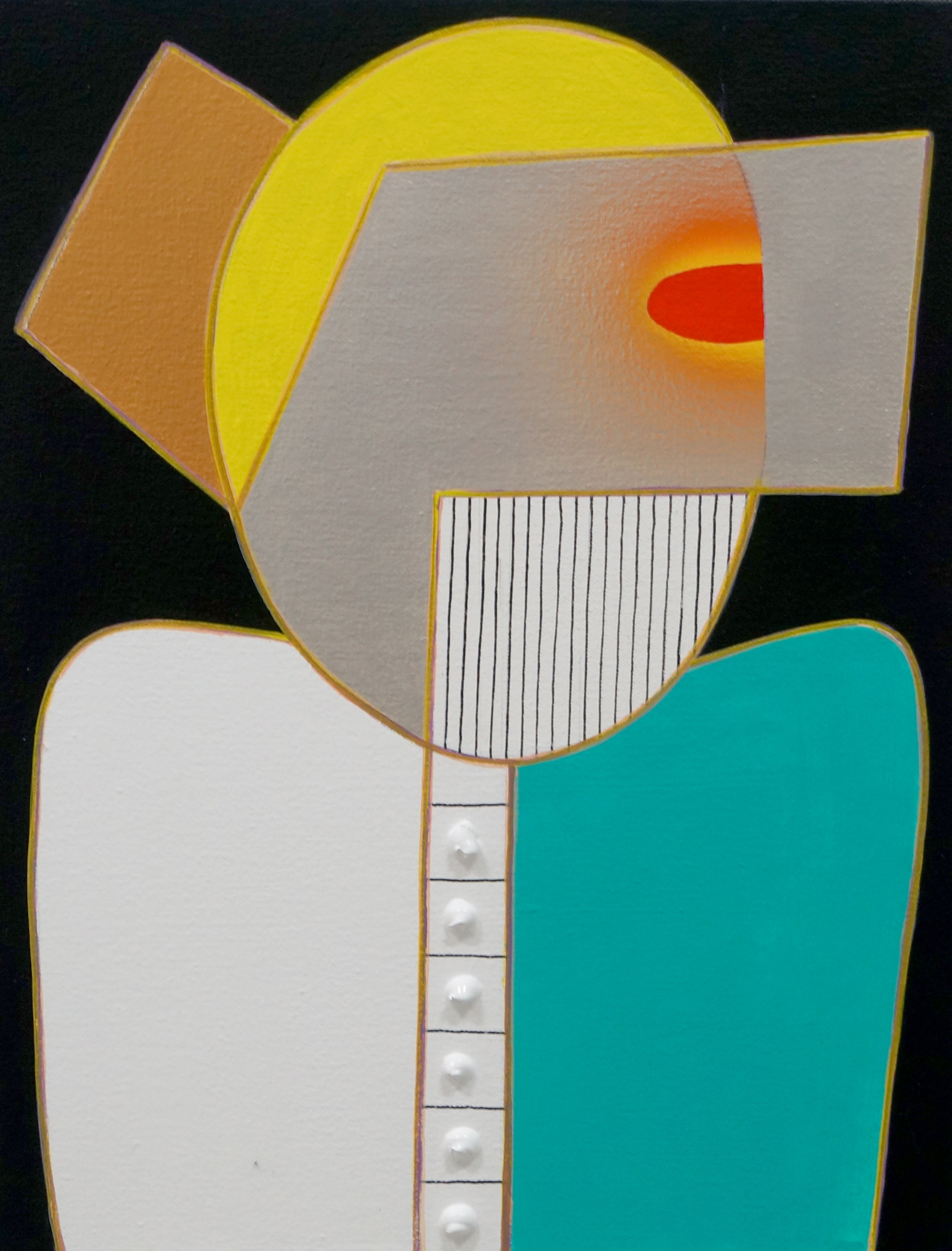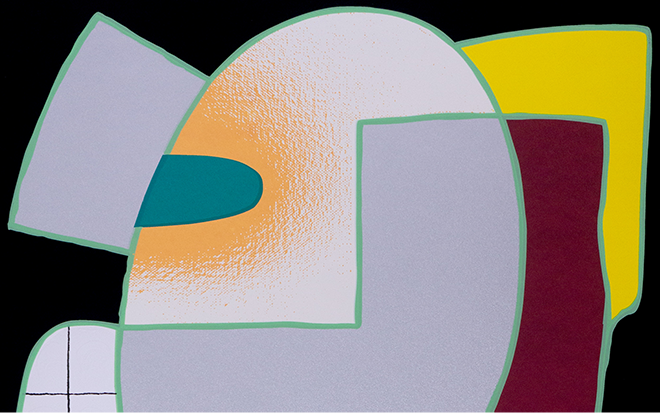
Where are you from?
Etsuko Nakatsuji
Silverlens, New York
About
Etsuko Nakatsuji began her career working in graphic design while simultaneously pursuing her passion for art. In the early 1960s, she gained recognition for her unique human-shaped forms, which became a recurring motif in her work. Her creations, often playful yet peculiar, have appeared in various media, including paintings, sculptures, illustrated books, printmaking, and stage design. These works invite viewers to reflect on the essence of humanity and the body as a functional vessel. At the same time, they evoke the limitless nature of human consciousness, suggesting a boundless capacity that transcends physical form.
Nakatsuji began working in graphic design in the advertising division of Hanshin Department Store in the 1950s. During that period, she attended classes at the Nishinomiya Art Study Group, studying under leading avant-garde calligraphic painters Kokuta Suda and Waichi Tsutaka, who were founders of the Kansai-based, interdisciplinary Genbi Group (Contemporary Art Discussion Group). This group pushed the boundaries of art and craft genres. In 1957, she met her life partner, the renowned Gutai artist Sadamasa Motonaga, at the Nishinomiya Art Study Group, which further exposed her to experimenting with bridging art and the human spirit.
Nakatsuji held her first solo exhibition in 1963 at Tokyo Gallery, where she debuted an otherworldly installation of poco pin objets, hand-sewn oblong figures with eyes and no mouths, suspended from the ceiling, made from her infant son’s leftover bed fabric. The figures evoke the immersive Surrealist installations of the 1920s that defy childish charm and instead possess an organic mysticism that lies between the threshold of life and afterlife. These would be re-adapted in 1978 for Erik Satie’s mini-opera, Geneviève de Brabant, produced by composer Kuniharu Akiyama where Nakatsuji was responsible for the dolls and stage design. Additionally, her objets were featured in a dramatic installation of 300 suspended dolls in 1995 at her two-person exhibition with Mako Idemitsu at the Sagacho Exhibit Space in Tokyo.
Over the years, Nakatsuji has developed a series she calls hitogata (human form, also the same Japanese characters as ningyō or doll, but read differently), that conveys part objects and geometric silhouettes that overlap with bold colors and exuberant lines that form a human image. Reminiscent of a cyborg, facial outlines in both portrait and profile views converge like masks, part of Nakatsuji's ongoing search for an ambivalent illusion of vision wherein “one’s form, color, line, and shape are tied to the changes in one’s brightness, humor, and peaceful image.” Her vivid colors and graphic sensibility reflect her long background in designing illustrated book compositions for Motonaga since 1966 in collaboration with poet Shuntarō Tanikawa, when they were living abroad in New York, as well as her own illustrated books such as Night Kindergarten (1999), which won the grand prize at the 1999 Bratislava Illustration Biennale.
The group of paintings and prints presented at Silverlens possesses psychological and corporeal symbolism through magnetic eyes generated by airbrushed halos. The overlapping shapes and lines are playful yet measured. Some have bean-shaped heads with a sphinx-like posture, and are filled with intricately hand-drawn stripes, which also can double as teeth. She also plays with the textural and overlapping patterns in which grids are dotted with thick dabs of paint, while a white circle on a line is suggestive of a nipple abstracted from a yellow breast or moon on a horizon. Others exhibit masked faces with arms that stick out from the face like a crow’s beak. Her playful combinations of metallics and mixing of palettes in her outlines generate a cybernetic glow in which the eyes force us to reflect upon the currency of agency. As Nakatsuji notes, “Eyes that appear through eyes that watch me continue to observe and interrogate all of us.”
Words by Mika Yoshitake
After working as an advertising designer, Etsuko Nakatsuji (b. 1937, Takaishi, Osaka, Japan; lives and works Takaishi, Japan) held her first solo exhibition at Tokyo Gallery in 1963, and has since held solo exhibitions in various locations. She has been active for over 60 years in a variety of fields, including painting, sculpture, and printmaking, with the human form as her motif, and has received international acclaim, winning the Grand Prize at the Contemporary Print Competition in 1998 and the Grand Prix at the Bratislava International Children’s Book Exhibition in 1999.
Installation Views
Works
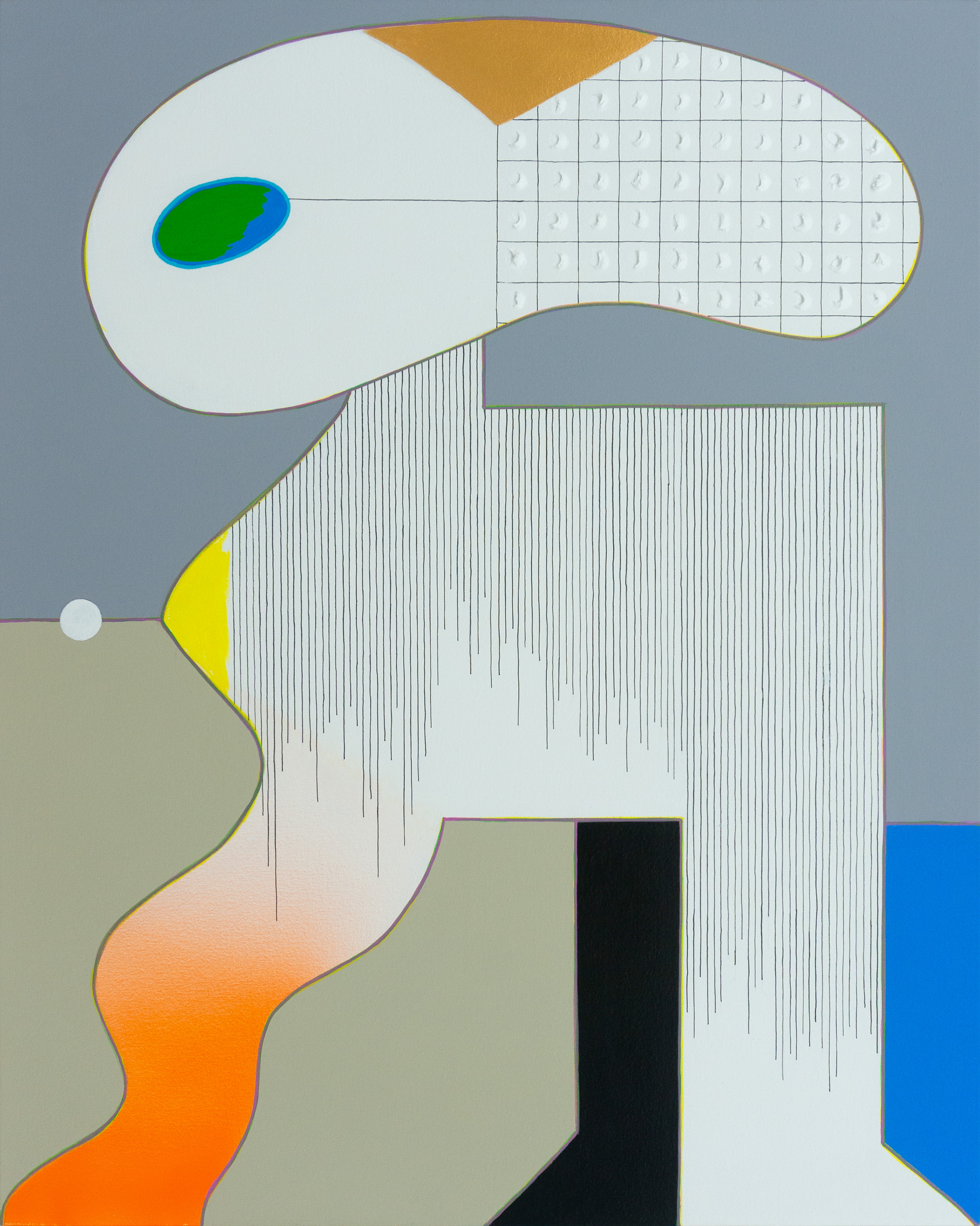
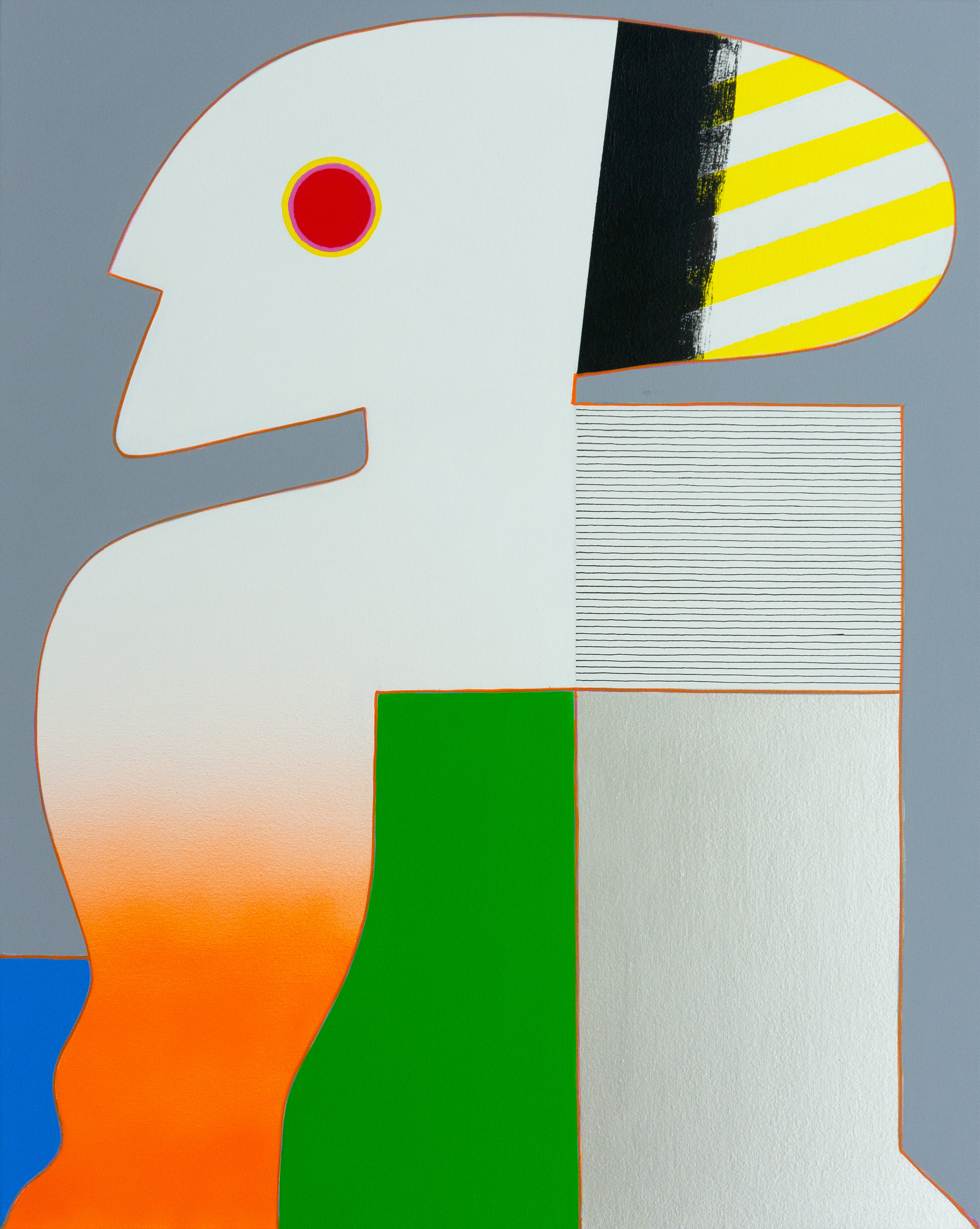
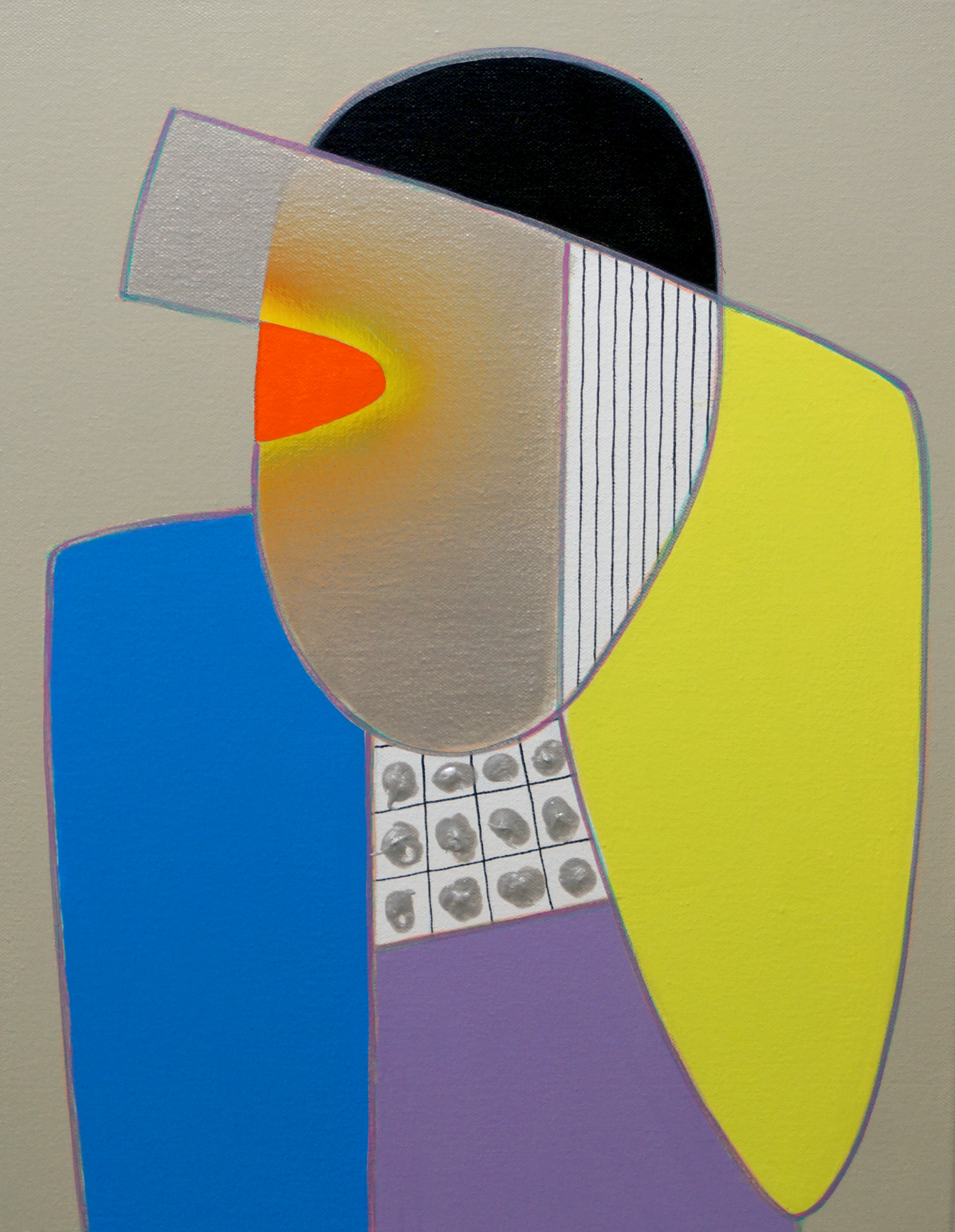
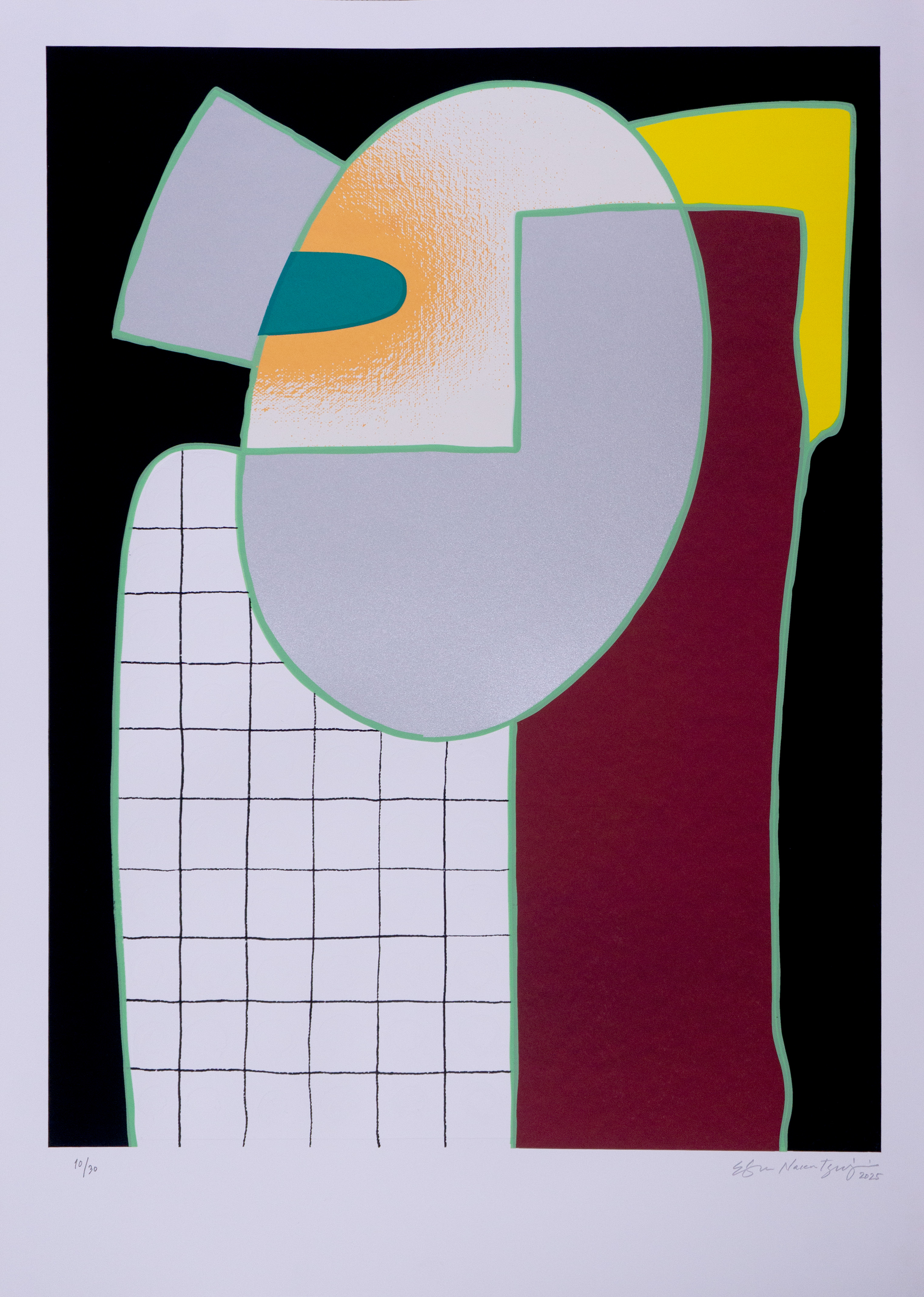
(SPI_EtN007)
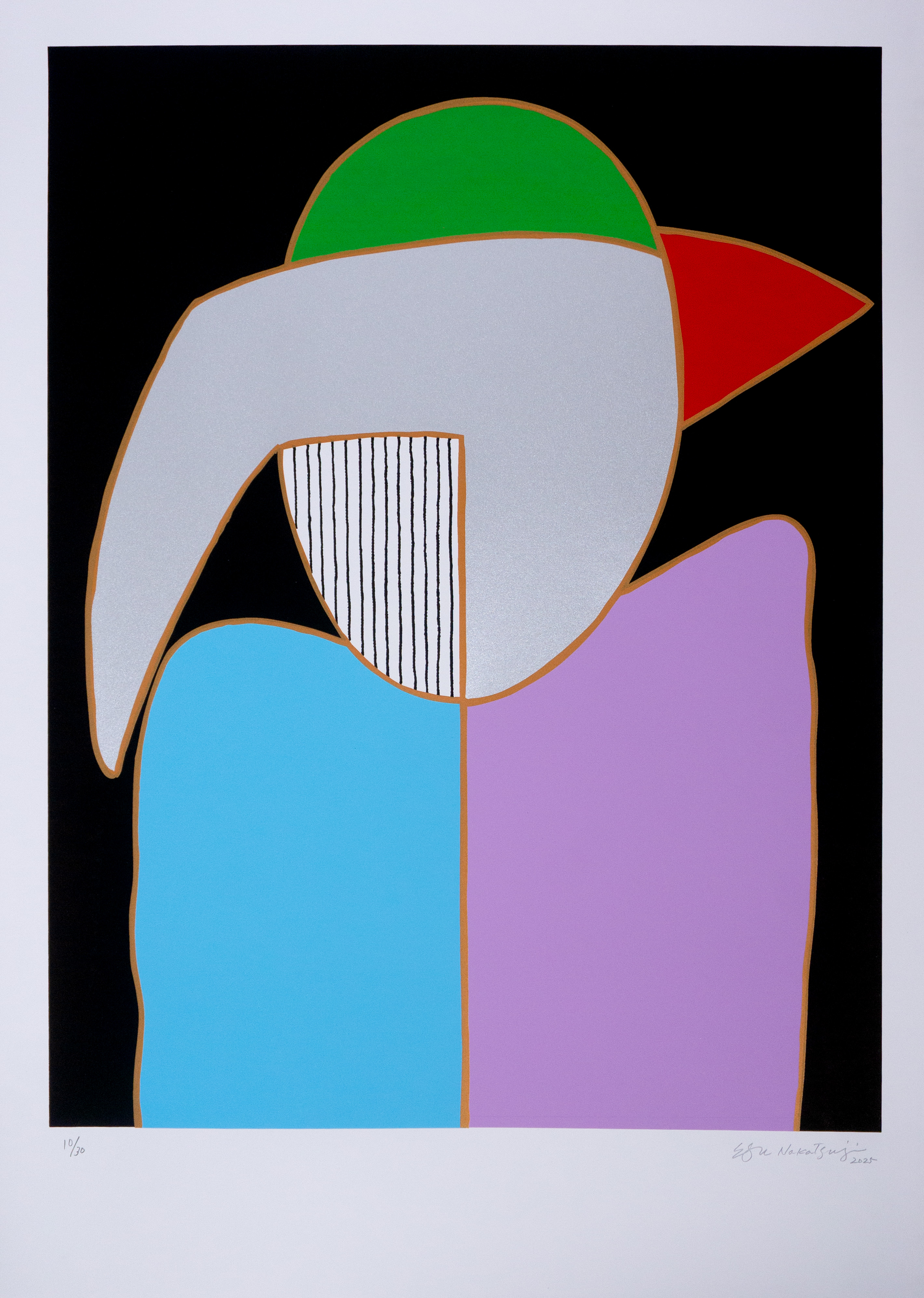
(SPI_EtN006)
